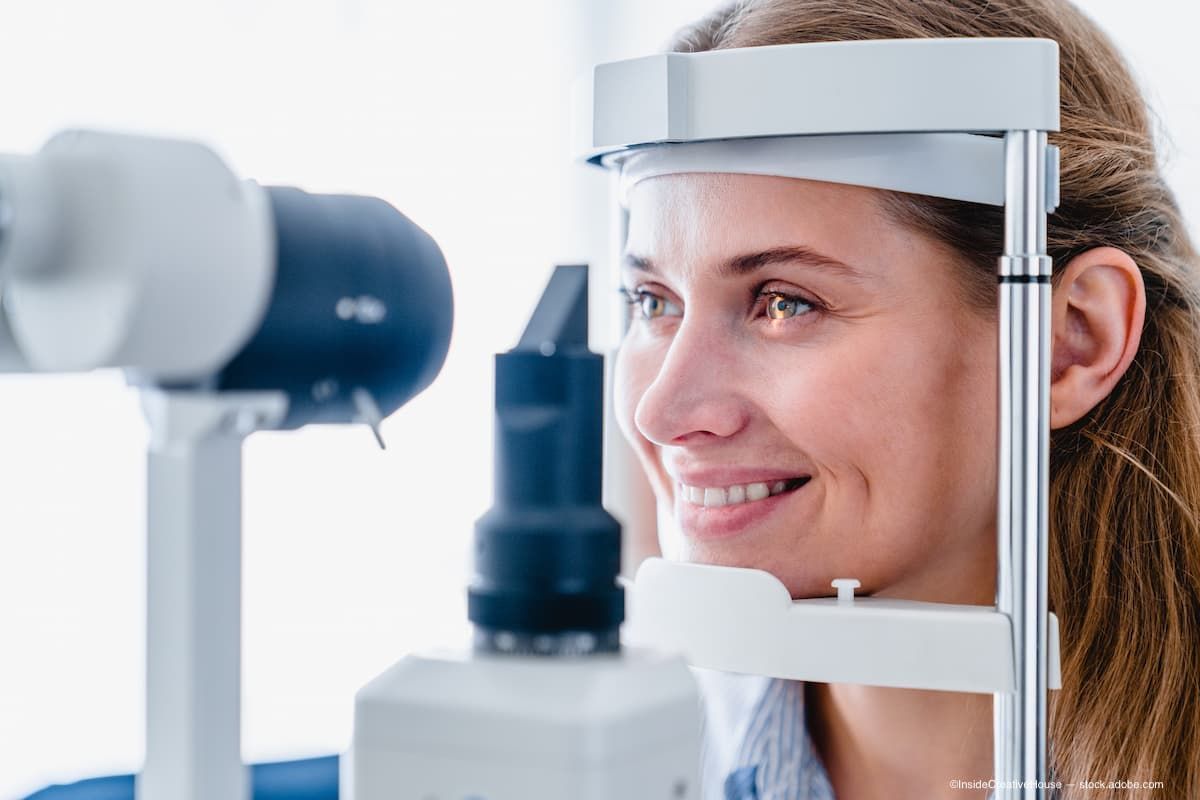News
Article
Polish researchers advocate for routine ophthalmologic exams in vasculitis cases
Author(s):
The study underscores the potential benefits of early detection of pathological changes in the retina and choroid before ocular symptoms manifest, particularly highlighting the promise of choroidal vascularity index as a robust evaluation tool.
(Image Credit: AdobeStock/InsideCreativeHouse)

Urszula Szydelko-Paśko,MD, from the Department of Ophthalmology, Wrocław Medical University, Wrocław, and colleagues from the Department of Optics and Photonics, Wrocław University of Science and Technology, and the Clinic of Angiology, Systemic Hypertension and Diabetology, Wrocław Teaching Hospital, all in Poland, underscored the importance of ocular examinations in patients with primary vasculitis, defined as without an apparent cause.1
They pointed out that while ocular manifestations have been reported in association with various types of vasculitis, there seems to be no routine ophthalmologic examinations for patients with those diseases.
Because of this gap, they investigated retinal and choroidal abnormalities in patients with primary vasculitis in a prospective and observation study. They opted for non-invasive methods to control time and cost but that would be helpful in routine tests.
The study included 41 patients (78 eyes) with 5 types of primary vasculitis, ie, Takayasu’s arteritis, giant cell arteritis, Buerger’s disease, granulomatosis with polyangiitis, and polyarteritis nodosa. Forty-four healthy participants (88 eyes) served as controls.
The investigators performed optical coherence tomography (OCT), OCT angiography to assess the choroidal thickness, vascularity index, area and perimeter of the foveal avascular zone, and circularity index. 1
The results showed that the mean nasal and temporal choroidal thicknesses; mean central, temporal, and nasal choroidal vascularity index; and mean circularity index were lower in the study group compared to the control group.
In contrast, the mean central choroidal thickness and the area and perimeter of the foveal avascular zone were higher in the study group. The differences between the groups reached significance in all parameters except for the circularity index.
The investigators concluded, “Conducting routine ophthalmologic examinations in patients diagnosed with vasculitis to assess the retina and choroid by measuring parameters like the choroidal thickness, the choroidal vascularity index, area and perimeter of the foveal avascular zone, and the circularity index could be beneficial, because it may detect pathological changes before any ocular symptoms alarm the patients. The choroidal vascularity index seems to be especially promising for choroidal evaluation, as it appears to be less affected by various factors compared to the choroidal thickness.”
Reference
- Szydelko-PaśkoU,Przeździecka-Dołyk J, Andrzej Dolyk, et al.Evaluation of choroidal and retinal features in patients with primary vasculitis—an original optical coherence tomography and optical coherence tomography angiography study. J Clin Med. 2023;12: 6827; https://doi.org/10.3390/jcm12216827




